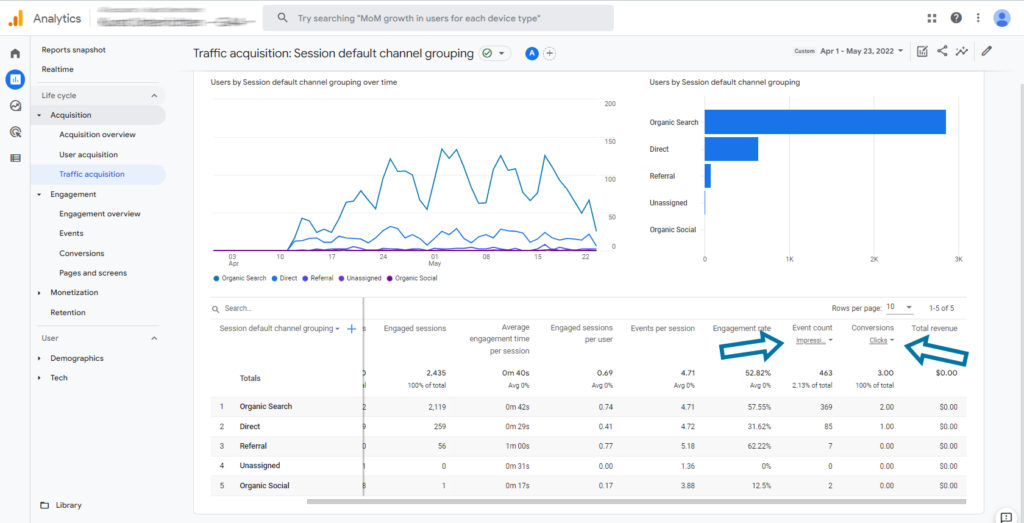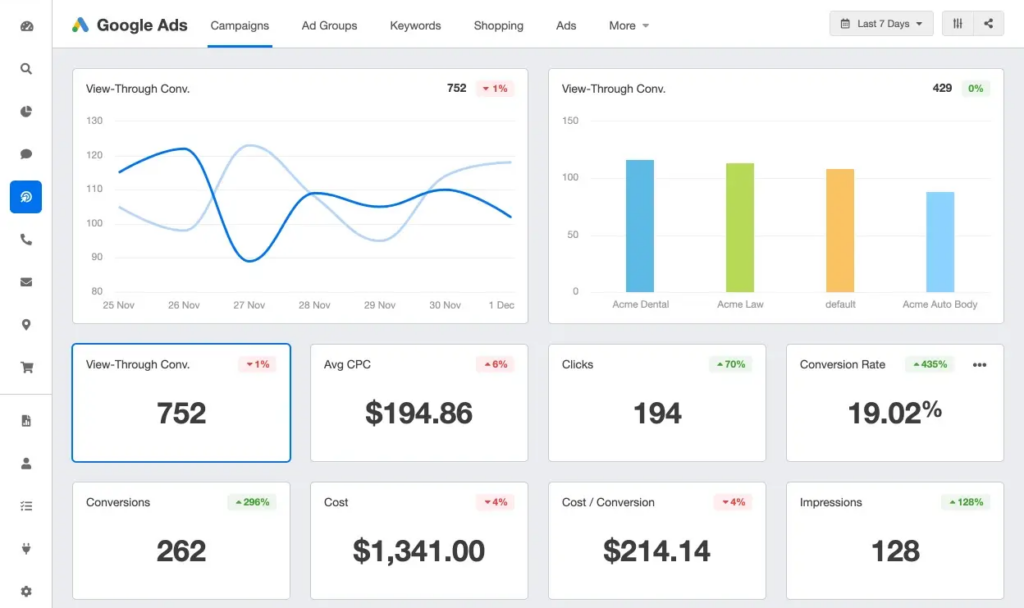Google Ad Metrics: Key Metrics To Measure Ad Performance Effectively
You’ve established your ad account. Check.
Campaigns and ad groups are structured correctly. Double Check.
You’re deploying multiple ads in each ad group, experimenting with different copy variations. Check Check Check.
However, is it getting results?

This is the million dollar question! Google provides an abundance of metrics to analyze but which ones truly matter? And which ones can be disregarded to make your paid search campaign strategy effective?
In this article, we’ll break down some of the most important metrics you should be looking at while measuring and evaluating the performance of PPC campaigns.
How to Assess Your Google Ads Performance?
According to Statista, by 2024 digital ad revenue will be $460 billion US dollars. And while the market will keep on changing its patterns, google click advertising is still the 800-pound gorilla in the PPC advertising space, accounting for 44.3% of global digital ad spending. And as a result, revenue is and will always be the endgame for most marketers.
Following your promotion of products and services on Google Ads, your next priority should be assessing whether you’re attracting more customer inquiries, boosting website traffic, and driving increased sales.

To know if your Google Ads performance meets your business goals and financial capabilities, you need to monitor them based on three types of metrics: traffic-based metrics, conversion-based metrics, and return on investment-based metrics.
Traffic-based Metrics
1. Impressions: Impressions indicate how frequently your ad is viewed by your target audience.
2. Interactions: Interactions encompass the primary actions associated with your ad format, including video ad views and clicks for product shopping ads.

3. Clicks: Clicks measure how many times users click on your ads, helping you identify top-performing keywords.
4. Click-Through Rate (CTR): CTR represents the percentage of people who view your ad and subsequently click on it, calculated by dividing total clicks by total impressions.
5. Quality Score: Quality Score assessment factors in keyword and ad CTR, ad group keyword relevance, and landing page quality. A positive user experience on your landing page leads to a higher quality score.

6. Ad Groups: Analyzing ad groups allows you to identify which ones contribute most to conversions and their associated costs. This insight enables adjustments to keywords and ad copy, optimizing your Google Ads performance.
Conversion-based Metrics
- Conversion Rate: The conversion rate reveals how many individuals clicked on your ad and successfully completed a trackable conversion, encompassing actions like form submissions, product purchases, or business calls. This metric aids in identifying high-performing keywords that yield the best click-through rates (CTR).
- Cost Per Conversion (CPC): Analyzing your cost per conversion helps determine the average expenditure for each achieved conversion, providing insights into your advertising budget allocation.
Return On Investment-based Metrics
If you’re aiming to gauge the effectiveness of your Google Ads aligned with your business goals, you can delve into ROI-centered metrics. These metrics offer real-time insights into how your ad campaigns impact your business. When you monitor your Return on Investment (ROI), you gain visibility into your earnings and identify the keyword match types and ads responsible for generating sales in your campaigns.
- Return on Investment (ROI): To calculate your ad’s ROI, you can apply this formula: Ads ROI = [(Total Profit – Advertising Costs) / Advertising Costs] x 100.
- Tracking Customer Conversions: Additionally, you have the option to track which calls or inquiries result in customer conversions. The value attributed to each customer aids in pinpointing and prioritizing campaigns that yield a more favorable ROI for your business.
- Return on ad spend (ROAS): ROAS measures the overall revenue generated for each dollar invested in advertising. This metric reveals which of your ads are providing the highest returns and which may require fine-tuning or a reassignment of your budget.
Conclusion
In the grand scheme of things, it’s crucial to constantly oversee and assess your Google Ads performance. This ongoing evaluation allows you to pinpoint the most pertinent keywords and ad campaigns that deliver optimal results for your business. By scrutinizing your Google Ads performance, you can identify areas that require refinement. Consequently, in your upcoming ad campaigns, you’ll possess the insights needed to reach your advertising objectives.
And if you’re looking for top-notch advice to decode your Google Ads results, why not give a shout-out to our paid search marketing agency team at InvisiblePPC? They’re the experts you need to make sense of it all.

